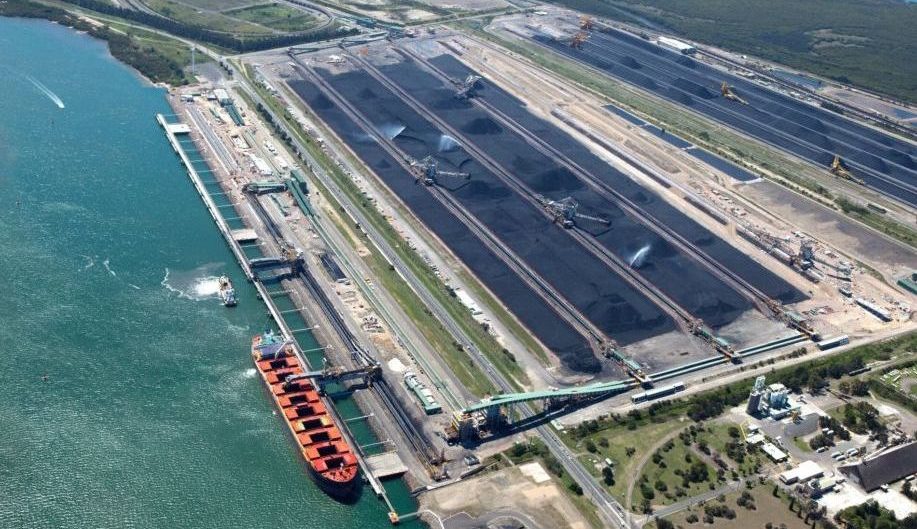China is slashing coal imports dramatically, forcing the world’s largest coal export port to contemplate a future beyond the black fossil fuel.
This decline is largely driven, according to analysis by Greek broker Intermodal, by rising domestic coal output in China, elevated inventories, increased coal transportation via rail from Mongolia, and a growing trend for energy production from renewable sources.
Is Oil & Gas Right for Your Portfolio?
“During the first half of 2025, global coal shipments fell 6% year-on-year amid weak import demand in large markets. Cargo loadings headed to China and advanced economies slowed considerably, partly due to stronger electricity generation from renewables and to weaker steel production,” said Filipe Gouveia, shipping analysis manager at BIMCO.
Land once earmarked for a coal terminal will now be at the forefront of the global clean energy transition
China has installed more than half of the solar and wind generation capacity that has been installed globally over the past few years.
For instance, the solar capacity that China installed last year is comparable to what the European Union has overall.
Recent data from the UK-based energy think tank, Ember, shows that in April, wind and solar energy together generated more than a quarter of China’s electricity for the first time.
Amid weaker coal volumes, competition between segments in the dry bulk market increased in the first half of the year, putting pressure on freight rates. The panamax segment managed to boost its coal shipments by 4% year-on-year, according to BIMCO data, and grew its share of the world’s coal shipments from 49% to 54%. These gains came primarily at the cost of the capesize segment, which transported 23% less coal than in the previous year.
Preparing for less business from its main client, China, the port of Newcastle in New South Wales, Australia, recognised as the world’s largest coal export port, is actively pursuing diversification strategies to reduce its reliance on the black fossil fuel.
With coal accounting for 95% of its cargo volume and 72% of revenue, the port has set a goal to increase non-coal revenue to 50% by 2030.
Central to this transformation is the development of a deepwater container terminal and a 220 ha Clean Energy Precinct on Kooragang Island. The precinct aims to support the production and export of green hydrogen and ammonia, backed by federal investment.
Federal member for Newcastle Sharon Claydon said this week the clean energy plan lays a foundation for clean energy jobs and a broader industrial renewal.
“This is a defining moment for Newcastle – a city that has helped power the nation for generations is preparing to power the future with clean energy,” Claydon said, adding: “It’s hard to imagine a more powerful symbol of our region’s transformation – land once earmarked for a coal terminal will now be at the forefront of the global clean energy transition.”
Is Oil & Gas Right for Your Portfolio?
Crude Oil, LNG, Jet Fuel price quote
ENB Top News
ENB
Energy Dashboard
ENB Podcast
ENB Substack

